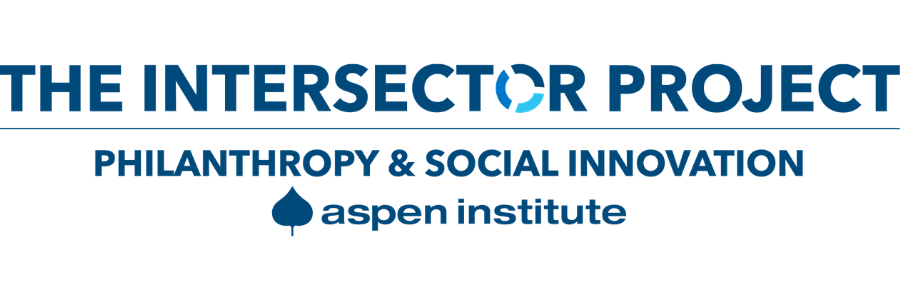“Transforming the Largest Public Housing Development in New Orleans”
The Bayou District Foundation (BDF) located in New Orleans has overseen the construction of more than 685 mixed- income housing units, early childhood education facilities, a K-8 charter school, recreational facilities, and a mobile health clinic. Because the redevelopment project was at such a large scale and primarily dependent upon government funding, progress was slow at times. Turnover at government agencies also caused delays and frustration. But the BDF worked to build patience among partners and the community through open communication. The board was responsive and constructive, employing a two-pronged approach to keeping residents updated on the progress of the redevelopment and to ensuring that disagreements would not derail progress: group meetings to bring all stakeholders together in an open, transparent environment and individual meetings to address issues that arose throughout the process. BDF also held monthly meetings with the New Orleans Housing Authority and Columbia Residential, the property developer, and regular meetings with community support service organizations and other partners. Board members held 60 public meetings that covered important issues related to the project, offered detailed explanations to the community about their work with government agencies and partners to redevelop the St. Bernard’s Public Housing Development, established community rules within the housing development, and served as a way to openly share ideas and discuss issues. Each public meeting included a project update and presentation by one of the project partners to address a specific area of redevelopment. The BDF collaborated with partners in preparing for these presentations, setting aside ample time for meaningful feedback and to address specific concerns. Through patience and open communication, the BDF maintained a high level of engagement among its partners and was able to garner strong community support by keeping residents informed of all project developments.

